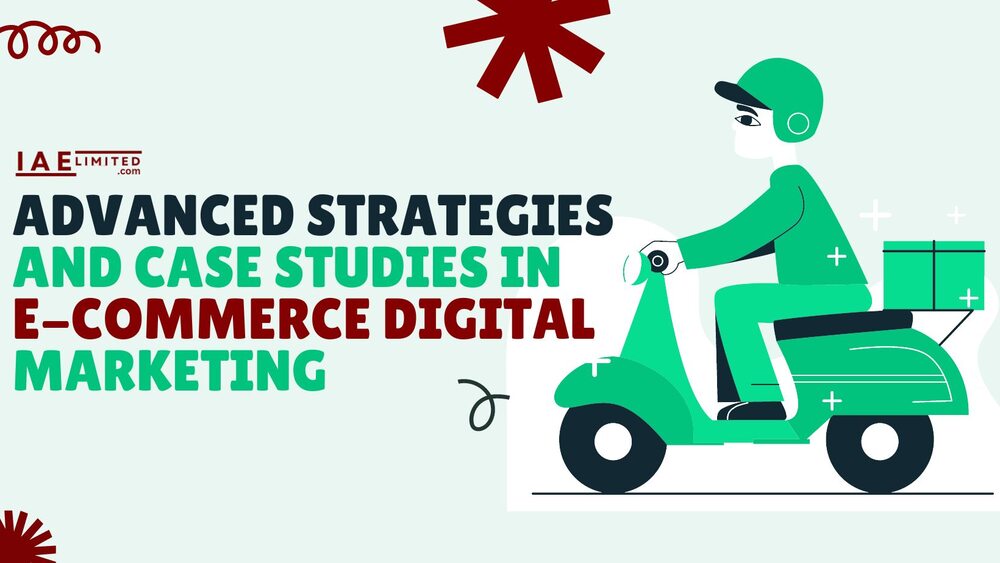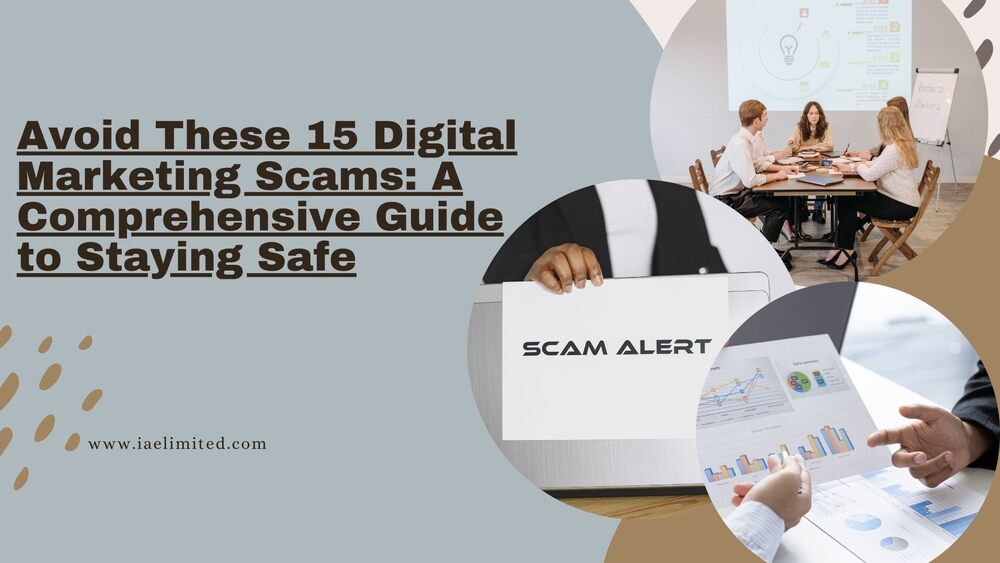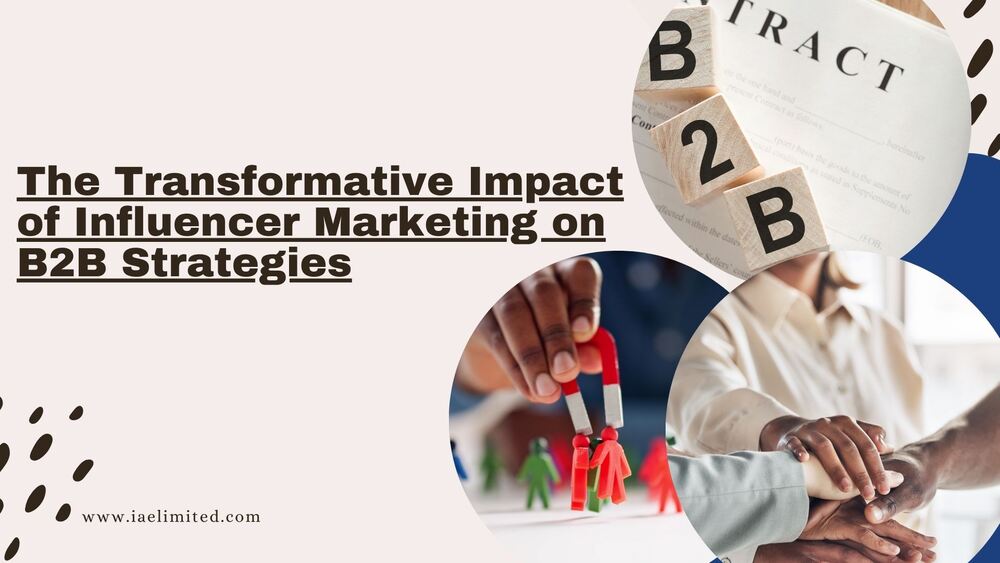
Now that you have a solid understanding of the Beginner’s Guide in E-commerce Digital Marketing, it’s time to dive deeper into more advanced strategies. These tactics will help you fine-tune your e-commerce digital marketing efforts and overcome common challenges that many online businesses face.
Step-by-Step Guide to Advanced E-commerce Digital Marketing
Table of Contents
Advanced SEO Techniques
As you continue to optimize your website, consider implementing more advanced SEO strategies to further boost your search engine rankings.
- Long-Tail Keywords: Targeting long-tail keywords (phrases with three or more words) can help you capture more specific search queries with less competition. These keywords often indicate a higher intent to purchase.
- Voice Search Optimization: With the rise of smart devices, optimizing for voice search is becoming increasingly important. Focus on conversational keywords and ensure your content answers common questions directly.
- Schema Markup: Adding schema markup to your website’s code can help search engines understand your content better and improve your visibility in search results. This is especially useful for e-commerce sites with products, reviews, and FAQs.
Conversion Rate Optimization (CRO)
Conversion Rate Optimization is all about maximizing the percentage of visitors who complete a desired action on your website, such as making a purchase or signing up for a newsletter.
- A/B Testing: Continuously test different elements of your website (like headlines, product descriptions, and call-to-action buttons) to see which versions lead to higher conversions.
- Simplified Checkout Process: Reduce cart abandonment by streamlining your checkout process. Remove unnecessary steps, offer guest checkout options, and ensure your payment process is secure.
- Personalization: Use data from past interactions to personalize the shopping experience. For example, recommend products based on previous purchases or browsing history.
Retargeting Campaigns
Retargeting involves showing ads to people who have previously visited your website but didn’t complete a purchase. This is a powerful way to bring back potential customers and encourage them to convert.
- Dynamic Retargeting: Show personalized ads featuring the exact products that visitors viewed on your website. This increases the chances of them returning to complete their purchase.
- Email Retargeting: If a visitor abandoned their cart, send them a reminder email with a special discount or free shipping offer to entice them to finish their order.
Influencer Marketing
Partnering with influencers can significantly expand your reach and build credibility for your brand. Choose influencers whose audience aligns with your target market and who genuinely believe in your products.
- Product Reviews and Unboxings: Collaborate with influencers to review or unbox your products. Their authentic recommendations can drive their followers to check out your store.
- Sponsored Posts: Pay influencers to create content featuring your products, such as Instagram posts, stories, or YouTube videos.
Common Challenges in E-commerce Digital Marketing
Even with a solid strategy, e-commerce digital marketing comes with its own set of challenges. Here’s how to tackle some of the most common obstacles:
High Competition
The online marketplace is crowded, with countless brands vying for attention. To stand out, focus on your Unique Selling Proposition (USP) — what makes your products or services different from everyone else’s.
- Niche Targeting: Instead of trying to appeal to everyone, focus on a specific niche market. This allows you to cater to a more targeted audience who is more likely to convert.
- Building Brand Loyalty: Encourage repeat customers by offering loyalty programs, exclusive discounts, or personalized shopping experiences.
Keeping Up with Trends
Digital marketing trends are constantly changing, and staying updated can be challenging. However, it’s crucial to adapt your strategies to these shifts to stay competitive.
- Continuous Learning: Follow industry blogs, attend webinars, and take online courses to stay informed about the latest trends and best practices.
- Experimentation: Don’t be afraid to try new tactics. Whether it’s a new social media platform or a different type of content, experimenting can help you discover what works best for your audience.
Technical Issues
Technical problems like slow website load times, poor mobile optimization, or broken links can severely impact your SEO and user experience.
- Regular Audits: Conduct regular website audits to identify and fix technical issues. Tools like Google Search Console can help you spot and resolve these problems.
- Mobile Optimization: Ensure your website is fully optimized for mobile users. This includes having a responsive design, fast loading times, and easy navigation on smaller screens.
Case Studies of Successful E-commerce Digital Marketing Campaigns
Learning from the successes of other e-commerce brands can provide valuable insights into what works and inspire your own strategies. Here are a few case studies to consider:
Case Study 1: Brand X’s SEO Success
Overview: Brand X, a small e-commerce store specializing in eco-friendly products, focused heavily on SEO to increase organic traffic.
Strategy: They conducted thorough keyword research to identify long-tail keywords related to sustainability. They also created detailed blog posts and product pages optimized for these keywords.
Results: Within six months, Brand X saw a 150% increase in organic traffic and a 50% increase in sales, thanks to higher rankings on Google.
Case Study 2: Brand Y’s Social Media Domination
Overview: Brand Y, a fashion retailer, leveraged Instagram to build brand awareness and drive sales.
Strategy: They partnered with influencers in the fashion industry to create sponsored posts featuring their products. They also ran Instagram Ads targeted at fashion enthusiasts.
Results: Brand Y’s Instagram following grew by 300% in one year, and their sales increased by 40% as a direct result of their social media campaigns.
Case Study 3: Brand Z’s Email Marketing Revamp
Overview: Brand Z, a subscription box service, used email marketing to reduce churn and increase customer retention.
Strategy: They segmented their email list based on customer behavior and sent personalized emails with product recommendations, exclusive offers, and reminders about upcoming shipments.
Results: Brand Z saw a 25% increase in customer retention rates and a 20% boost in revenue from repeat customers.
FAQs about E-commerce Digital Marketing
What is the most effective e-commerce marketing strategy?
There isn’t a one-size-fits-all answer. The most effective strategy depends on your business model and target audience. However, a combination of SEO, content marketing, and email marketing often yields strong results.
How much should I budget for e-commerce digital marketing?
Your budget will vary depending on your goals and the size of your business. A common starting point is to allocate 5-10% of your revenue to digital marketing efforts.
How long does it take to see results from e-commerce digital marketing?
Results can vary depending on the strategy. SEO might take several months to show significant results, while PPC advertising can drive traffic almost immediately. Consistency is key, so give your campaigns time to work.
Conclusion
E-commerce digital marketing is a dynamic and ever-evolving field, but mastering its core components and advanced strategies can greatly enhance your online business’s success.
By overcoming common challenges and learning from successful case studies, you can refine your marketing efforts and achieve your goals.
Whether you’re looking to increase traffic, boost conversions, or build customer loyalty, e-commerce digital marketing offers countless opportunities to grow your brand.
In case you missed it, we recently published a post on, E-commerce Digital Marketing: 2024 Beginner’s Guide. In this guide, we have break down everything you need to know about e-commerce digital marketing so you can start using it to grow your business today.





